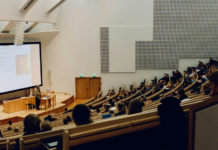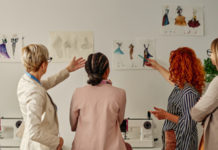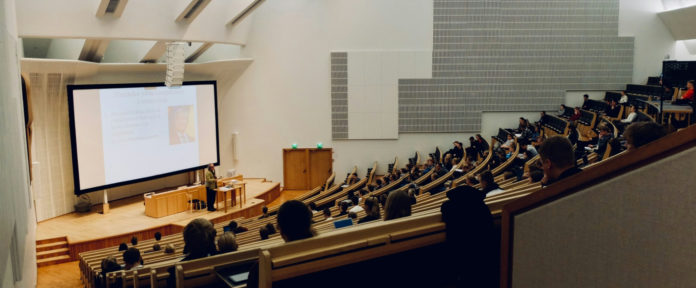The demographic shifts in higher education are unprecedented: To date, there’s been a 2.7 million student enrollment decline since 2014. The future of higher ed also seems bleak; by 2039, the traditional college-age population will contract by 650,000 students, a 15% reduction. At Boise State University, its seventh sitting president, Dr. Marlene Tromp, is doing her part to turn the tide of steep student body contraction in another direction through signature initiatives like its Community Impact Program.
“We go out into rural communities, work with the communities themselves — local government, nonprofit leaders, local business leaders, civil servants of all kinds — and ask them, ‘What kind of programming do you need from the university? What kinds of degrees would help your community thrive?’ And we launch those degree programs for and in those communities,” Tromp explains.
“After working with people to determine the best kind of degrees, we build a cohort so that folks can work collaboratively with each other, building connections with one another and learning from one another.”
The program’s success speaks for itself. “We grew our enrollment of people in those rural communities by about 50%,” Tromp said. “We created trusted relationships in those communities. When we showed up, it changed the way people perceived the university. The university became a partner in elevating people and the community as a whole.”
Tromp has experienced many other positives during her tenure at the university. “We’ve broken philanthropy records; we’ve broken graduation records; we’ve broken research records—we’ve increased research 71% since I’ve been here.”
Reimagining Rural Education Access
Marlene Tromp brings personal insight to her Boise State role, as a first-generation college graduate who grew up in Wyoming. “I felt like that really equipped me to understand the populations of students that didn’t go on to college. In fact, almost every really smart person with whom I went to high school didn’t go to college.”
“At that time, in-state tuition at the University of Wyoming was extremely low. It wasn’t simply an issue of cost for them. There was much more standing in the way of rural college attendance—an uncertainty about the value of college, a fear that it would break up small communities and people wouldn’t come back,” she notes. “I really felt like I understood what the barriers were, and that helped shape my desire to be in a place like Idaho where I felt like I could impact students from a background like mine.”
Under her leadership, Boise State University has bolstered initiatives like the Institute for Advancing American Values, allowing students from diverse political perspectives to engage in meaningful dialogue. “We recognize that our students come from many different backgrounds, and their voices are welcome,” says Marlene Tromp. “Boise State University extended the institute’s impact beyond campus boundaries, implementing its dialogue-based programs in communities throughout Idaho.
Engaging Students
One way the university is engaging a new student body is by striking a partnership with Amazon’s Career Choice program, which allows eligible Amazon employees to use their employment benefits to fund their education at Boise State. Boise State has also partnered with United Way of Treasure Valley to close the education gap for students by helping students in need receive scholarships, entrepreneurial support, and professional development.
Through the Non-Traditional Educator Preparation Program partnership forged with the College of Southern Idaho, Boise State University is addressing critical regional teacher shortages by allowing prospective educators to complete an online bachelor’s degree. These students can then apply for the NTEPP program — the last step before becoming a K-12 teacher.
Boise State’s strategic partnerships have also touched the tech sector. “We’ve long had a relationship with Micron, which is a semiconductor producer, because they were founded here. We’ve built that relationship in a way that it didn’t exist before,” says Tromp.
The partnership elevated Boise State University’s global profile significantly, as the university joined an elite cohort of just six institutions worldwide invited to participate in the 2024 G7 Summit.
“I am committed to opening doors to new kinds of partnerships across the state,” explains Tromp. “The partnerships must be more multidimensional and more robust,” she continued. “So when we can think about ways in which we partner with Micron that are different, we’re not just accepting an investment from them in labs that work on semiconductors. Rather, we’re thought partners in how we can transform the industry through innovation and bring different insights to bear from across our institution. We ask how our School of the Environment or our sociology program engage with them.”
Marlene Tromp[1] says she’ll never tire of identifying new opportunities for Boise State to advance. “Access for students who would otherwise not be able to access higher education; advancement of research; the work we do in terms of teaching; the professionalization of the university, financial stability and security; and building the kinds of relationships that allow the university to advance partnerships around the state and world.”




































